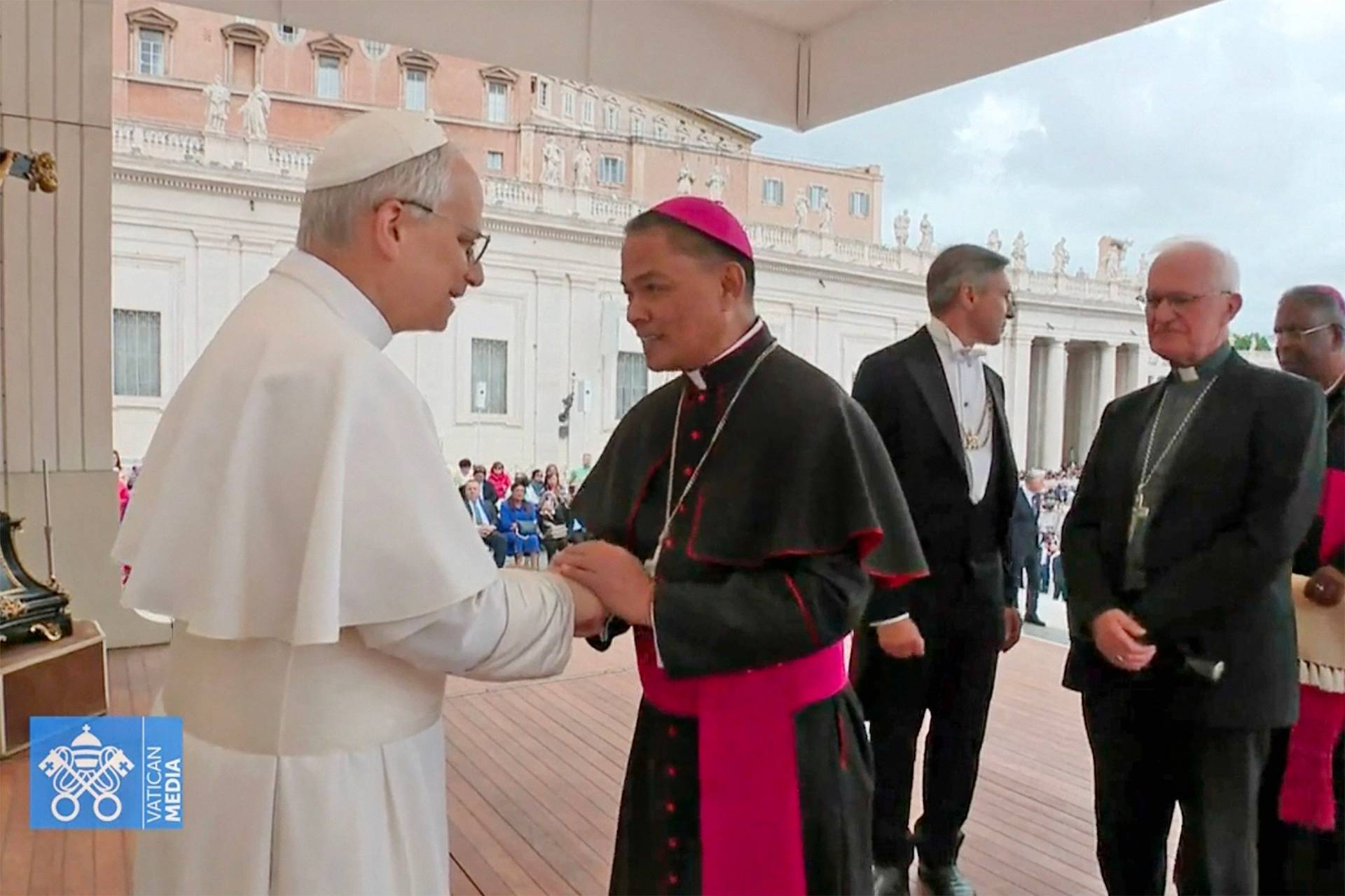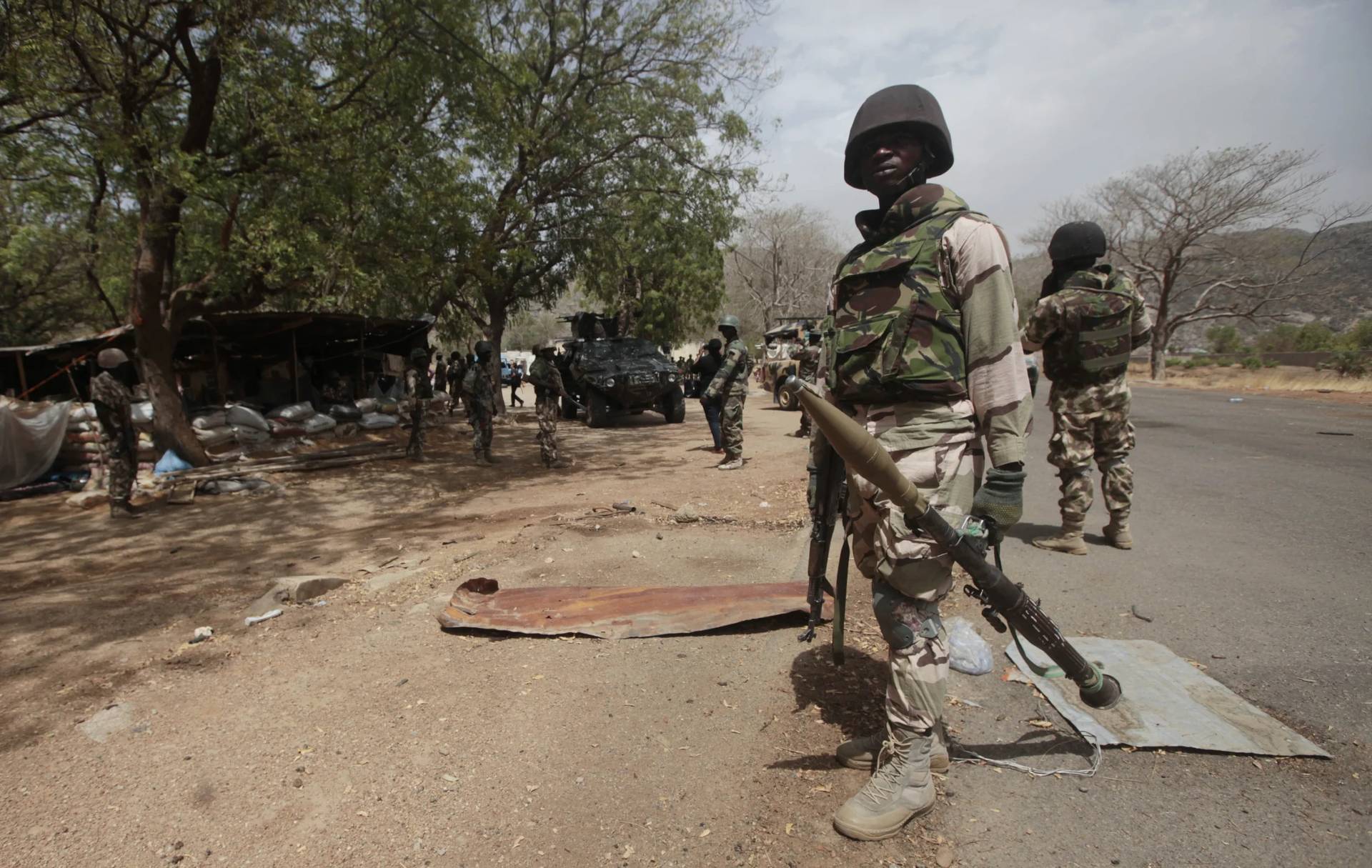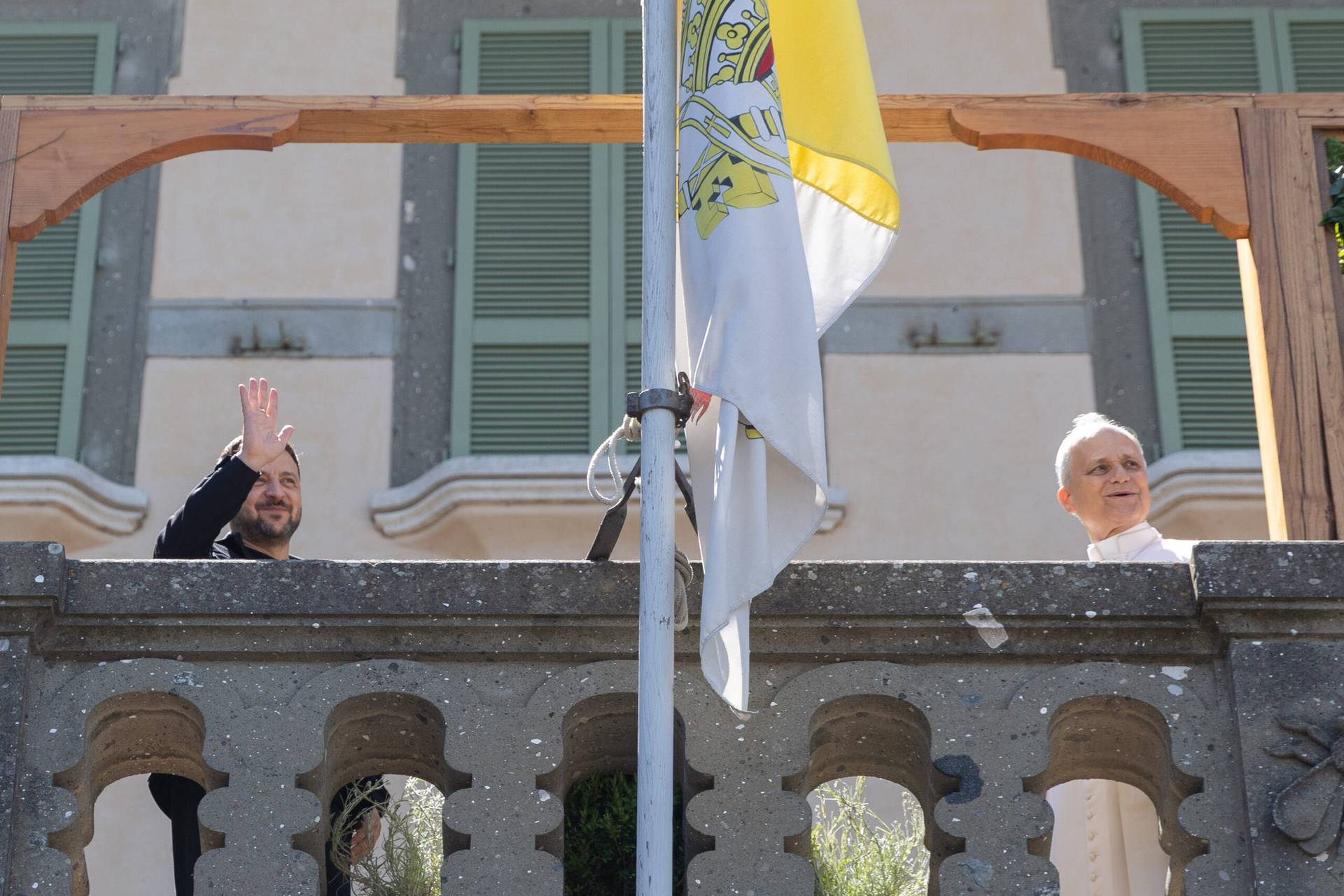ROME – Catholics have had to get used to a lot lately. The secularized state in the West has been progressively pushing faith to the margins, and Christians have been victims of persecutions around the globe. What’s more, the Church has had to come to terms with the fact that, for the fist time in history, there are currently two popes living in the Vatican.
While many Catholics have easily adjusted to the dual existence of Pope Francis and Pope emeritus Benedict XVI, undeniably another portion cannot help but compare the two papacies, or even express a preference for one style over the other.
Evidence can be found in the fact that the streaming service Netflix has begun filming a movie revolving around the two popes, starring Anthony Hopkins as Benedict, showing that, at least to the secular eye, a comparison between the two papacies can appeal to a large audience.
While some might prefer Benedict’s orthodoxy and clear-cut doctrine, others might gravitate toward Francis’s pastoral and progressive approach, creating, according to one scholar, a new phenomenon within the Catholic Church.
“Not even the French Revolution, the Capture of Rome and the Second Vatican Council (which created a still-existing rift within the Church) were able to destabilize the Western political institution,” journalist and scholar Fabrizio Grasso writes in his recent publication The Abdication.
That is, until February 11, 2013.
On that date, Pope Benedict XVI officially resigned from his position as pope, citing fatigue and old age. Countless essays, books, studies and analysis have been written since then, and Grasso is well aware that his contribution comes late in the game and in the midst of an infinite array of commentary.
Yet Grasso does not focus on the resignation itself, which finds several precedents in ecclesiastical history, but rather on the fact that Benedict chose the title of Pope Emeritus, rather than Emeritus Bishop of Rome, creating what he perceives as a critical rupture within the Church.
After all, Benedict continues to live in the Vatican, dresses in white and is referred to as “His Holiness,” making his resignation, according to Grasso, “incomparable to those of his predecessors.”
“The ‘always’ is also a ‘forever’ – there can no longer be a return to the private sphere. My decision to resign the active exercise of the ministry does not revoke this,” Benedict said during his last general audience.
“I no longer bear the power of office for the governance of the Church, but in the service of prayer I remain, so to speak, in the enclosure of Saint Peter,” he said.
In order to try and understand the possible implications, Grasso quotes German Archbishop Georg Gänswein, who has had a privileged view of the two papacies since he serves as a Prefect of the Papal Household for Francis and as secretary for the retired pontiff Benedict. During a book presentation in May 2016, Gänswein opened up the possibility of an ‘expanded Petrine office’ with both a contemplative and active member.
Gänswein pointed to a continuity between the two papacies in what he called a Ausnahmepontifikat, meaning an “exceptional pontificate.” Keeping these words in mind, Grasso asks whether the archbishop was implying “that to guide the Church and the papacy, one pope is not enough.”
The writer’s reflections are heavily based on the German and Catholic political theorist Carl Schmitt and his Political Theology. Grasso borrows Schmitt’s definition of the “political,” defined as a choice that inevitably requires a juxtaposition between friend/enemy. This dichotomy fuels our political parties and debates, but, according to the author, it never managed to grab hold within the Church, thanks to the secular transmission of the papacy onto a single figure, the pope, who alone exercises sovereignty and authority.
“Sovereignty and authority [were] paradoxically hit, and perhaps demolished, at least from a secular point of view, by Ratzinger’s abdication, which by enlarging the ministry to encompass one contemplative and one active member, has in fact divided and multiplied authority and sovereignty, which were undivided prerogatives of a single pontiff,” Grasso writes.
According to the author, until February 11, 2013 “the pope was the last living representative of the medieval res publica christiana,” where the sacred and the temporal power were concentrated into a single role impervious to the ‘us v. them’ dynamic that fuels and fosters political debate in modern democracies.
What the author describes in his book is an ‘internalization’ by the Catholic Church of a conflict, typical of the political realm, that had never existed before. This matter is more relevant since both pontiffs recognize each other’s authority and position, something that had never occurred in papal history.
One objection that can be raised to the author’s self-defined “philosophizing,” is whether this division between the pope and the emeritus pope actually has any real relevance.
“One only needs to look on the most popular search engine for the phrase Benedetto contro Francesco (Italian for “Benedict against Francis”) to be submerged by more than 500,000 results, and if one tries with ‘Benedict vs Francis,’ there are more than 400,000 results. Therefore, only between Italian and English there are almost one million links that intercept that conflict directly,” Grasso writes.
The author admits that a large portion of those links could be considered trash, but he also points to a vast number of Catholic and secular news organizations and blogs that also promote the juxtaposition between the two popes, usually pointing to a preference. After all, Grasso writes, the resignation by Benedict was not only a historical event, but also a global media event, which no doubt influenced its overall perception.
The book typically shies away from offering any possible tangible consequence of the double-pope paradox, but raises questions and possibilities going forward that could systemically change the millenarian power distributions within the Church.
“Even for those with little imagination, it’s not hard to imagine a possible near future with more than one emeritus pope and, consequentially, an exclusive papal club, which could be no other than a proto-parliament of the Vatican State,” Grasso hypothesizes.
It’s impossible to tell whether popes resigning will become a “thing,” and the implications of Benedict’s momentous resignation, and his role as emeritus pope, will be left for history to judge.














